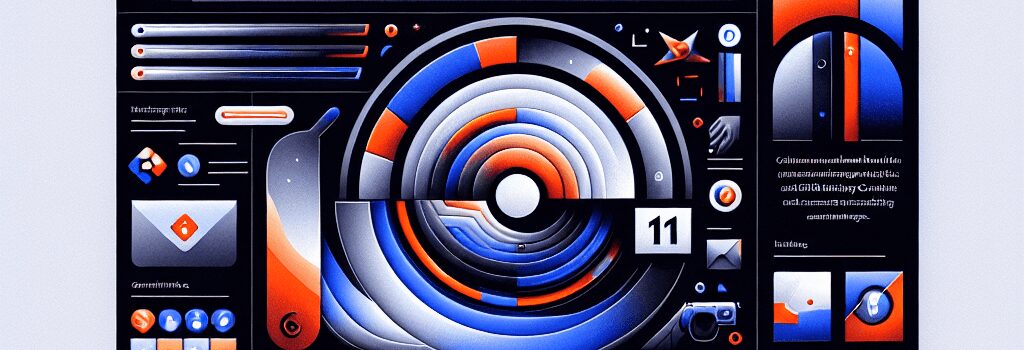Microsoft’s Windows 11 Start Menu Overhaul Overview

When Windows 11 debuted in October 2021, Microsoft introduced a radically refreshed Fluent Design-based interface that broke with many conventions of Windows 10. Since then, the company has rolled out iterative visual and functional refinements across core UI surfaces—File Explorer, the taskbar, system tray and individual apps. Now, in Windows Insider Preview builds, Microsoft is testing a thoughtfully redesigned Start menu that reuses familiar elements while reorganizing them for performance, discoverability and extensibility.
The Design Journey: From Concept to Prototype
On its Microsoft Design blog, the Windows UX team published an extensive postmortem of the project, sharing sketches, Figma files and early mockups that never made the cut. Initial whiteboard sessions in mid-2024 considered a left-hand persistent sidebar reminiscent of Windows XP, full-screen immersive panels à la Windows 8 and large “for you” recommendation carousels seeded by Microsoft Store content.
Over six months, the team ran unmoderated studies with over 300 volunteer Windows Insiders, instrumenting client-side telemetry via Windows Performance Toolkit (WPT) and User Experience Telemetry Platform (UETP). They also held live co-creation calls with a dozen power users to refine micro-interactions (hover state delays, flyout opening thresholds) and test dynamic layout adjustments under different DPI and scaling scenarios.
Technical Underpinnings of the Redesigned Start Menu
The new Start menu is built on WinUI 3 and XAML, leveraging the evolving Fluent Design System 2.0. All visuals—Mica backdrop, acrylic blur, Reveal highlight—are GPU-accelerated through DirectComposition and backed by a GPUCommandQueue for minimal CPU overhead. Interaction logic is written in C# with MVVM bindings, and React Native for Windows is used for select subcomponents like the “Recommended” panel.
Layout is adaptive by default: two rows of pinned icons are rendered in an ItemsRepeater, while the “All apps” view toggles between a hierarchal alphabetized list (standard ListView with virtualization) and a category grid driven by an ObservableCollection. Performance benchmarks on a Surface Go (10.5″ 1800×1200, Intel Pentium Gold) show cold-start times of ~180 ms for the Start menu, and under 20 ms for repeated opens when cached.
Performance and Accessibility Considerations
Given the hardware diversity—from entry-level ARM tablets to high-end 49″ ultrawide workstations—Microsoft had strict performance budgets. All XAML UI elements adhere to a sub-1 ms target for composition updates, as measured by ChromiumTelemetry traces. Dark/light theme transitions use pre-baked color palettes to avoid JANK when switching at runtime.
Accessibility improvements include:
- Full Narrator and NVDA support—logical landmarks, aria-label annotations for flyouts, role assignments for custom controls.
- High-contrast mode adjustments that replace acrylic effects with solid color brushes.
- Keyboard only navigation improvements: tighter focus rectangles, consistent arrow-key behavior in grid and list views.
Integrating AI and Generative Features
Among the discarded prototypes was a prominent “Create” button intended to surface generative AI tasks—drafting documents, image creation or “copilot-style” contextual help. While that version was tabled for further research, the current design leaves room for extensibility. Microsoft has confirmed via insider sessions that future Insider builds may expose a Copilot toggle in this area, pulling in GPT-4 powered suggestions, Microsoft Graph context and quick actions.
Cross-Device Consistency and Hardware Scaling
Microsoft’s team stressed the importance of “pixel-perfect” fidelity across device classes. On high-DPI ultrawide monitors (5120×1440 at 125 %), the Start menu scales icons and typography uniformly via vector paths and dynamic font sizing in XAML. Touch targets remain at a minimum 44×44 px in logical units. The team also validated behavior on ARM-based Surface Pro X, ensuring that JIT compilation and native ARM64 WinUI binaries deliver comparable UI smoothness.
What’s Next: Roadmap and Insider Preview Insights
- General rollout targeted for Windows 11 23H2 Cumulative Update (via KB502XYZ).
- Ongoing telemetry-driven refinements and optional Feedback Hub diagnostics.
- Community channels on GitHub and Windows Insider forums gathering UX requests.
- Planned deeper Microsoft 365 integration for “Recommended” files using OneDrive and SharePoint APIs.
As Windows 11 continues evolving, Microsoft’s data-driven, participatory design approach underscores its commitment to balancing innovation with familiarity—delivering a Start menu that feels both fresh and grounded in decades of user expectations.